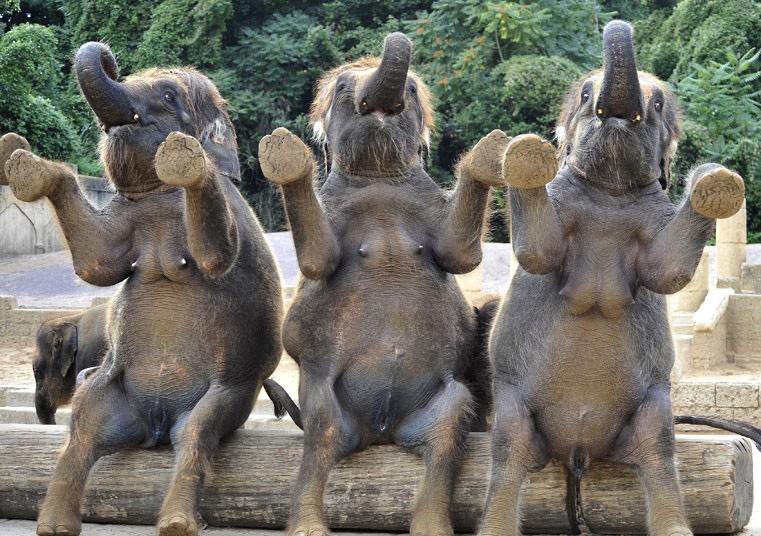Mammals (males as well as females) have what are called "mammary lines":

This is a bilateral structure that rules where mammary tissue can develop. Apes (among whom humans) generally have two and those towards the cephalic end of the line. Some people have three or four. Many quadrupeds have breast tissue at the caudal end of the lines --- a cow's udder being the best known.
Not all quadrupeds are built alike.
Dogs, wolves, cats, pigs and so forth have many operational breasts --- eight or ten, and all up and down the thorax and abdomen:

Note that bears have four breasts and are already in the "human positions":

Same goes for elephants, who have two:

My answer would be:
UNLIKELY
Carrying babies around is not likely to be the cause of breast migration. Newborns already have the ability, if left to their own devices, to crawl and find mama's breasts. Most primate babies are pretty good at gripping and hanging on to mama as she moves around. Evolution isn't reactionary. The animals that evolution happens to react to the vagaries of its change.
Edit: (With Elemtilas' permission via JBH). IMil points out that if we all came from one source animal, then nipples most certainly migrated as today they are on different locations for different mammals and have different counts. However, from an ultra-simplistic point of view, all mammals basically began as quadrapeds where babies sat on the ground to reach over to, or up to, the teats. Yes, bipeds must lift the child to make up the difference (or lie down). But since they're capable of doing so, and perfectly willing to do so, there's not been evolutionary pressure for the nipple to move for bipeds.
However, if 100 million years from now they were to migrate, they'd probably migrate to our ankles or hips as those would be far more convenient than the stomach, which would get in the way of playing video games.
Since your basic question boils down to a fantasy race, I'd suggest that it's your world, you make up the rules. But do consider the following:
- Breast tissue in dog / wolf / cat / elephant / cow folk will not "migrate" upon them taking a bipedal stance. Their breasts will continue to be in their ancestral locations most likely.
- "Breasts" in the human sense of the word probably will not evolve in these kinds of races. Wolffolk with two D-cup human-like breasts exist solely to attract and titillate the desires of human males. While I'm not complaining, the arrangement makes them more "relatable", like this example of a typical wifewolf vs this possibly more likely but less human-relatable example.
- Clothing: why would beastfolk need clothing at all? Clothing has nothing to do with species or race; it is a social construct (for the most part) and I would suggest considering it as such for your own beastfolk. If your werewolves are furry, they won't need clothing at all, because they can already pant to reduce body temperature and they've already got fur to keep warm. If they are not furry, they may only need clothing in the depths of winter.
- Armour: here you'll need to consider their body shape. If your werewolves are more canine in shape, then you'll want to consider armor to conform to a canine body shape. If they are basically human body shaped but with beasty features, then you'll be looking at armour fitted to a human body plan. If your females retain canine breast morphology (eight all along the chest and abdomen; flat except when lactating) then male and female armour will be essentially identical. If you choose to go the human male lust enhancing route, then you'll need armour fit for a Wagnerian Valkyrie.




